| [1] |
HUANG Chongwen, HU Sha, ALEXANDROPOULOS G C, et al. Holographic MIMO surfaces for 6G wireless networks: Opportunities, challenges, and trends[J]. IEEE Wireless Communications, 2020, 27(5): 118–125. doi: 10.1109/MWC.001.1900534
|
| [2] |
LUO Caihong, LI Xiao, JIN Shi, et al. Reconfigurable intelligent surface-assisted multi-cell MISO communication systems exploiting statistical CSI[J]. IEEE Wireless Communications Letters, 2021, 10(10): 2313–2317. doi: 10.1109/LWC.2021.3100427
|
| [3] |
王丹, 陈小梦, 王勇芳. 可重构智能表面辅助无线通信的用户分配[J]. 电子与信息学报, 2022, 44(7): 2425–2430. doi: 10.11999/JEIT211473WANG Dan, CHEN Xiaomeng, and WANG Yongfang. User assignment for wireless communication assisted by reconfigurable intelligent surfaces[J]. Journal of Electronics &Information Technology, 2022, 44(7): 2425–2430. doi: 10.11999/JEIT211473
|
| [4] |
BEREYHI A, ASAAD S, MÜLLER R R, et al. Secure transmission in IRS-assisted MIMO systems with active eavesdroppers[C]. 2020 54th Asilomar Conference on Signals, Systems, and Computers, Pacific Grove, USA, 2020: 718–725.
|
| [5] |
BLOCH M and BARROS J. Physical-Layer Security: From Information Theory to Security Engineering[M]. New York: Cambridge University Press, 2011: 32–40.
|
| [6] |
YANG Xi, WEN Chaokai, and JIN Shi. MIMO detection for reconfigurable intelligent surface-assisted millimeter wave systems[J]. IEEE Journal on Selected Areas in Communications, 2020, 38(8): 1777–1792. doi: 10.1109/JSAC.2020.3000822
|
| [7] |
CHU Zheng, HAO Wanming, XIAO Pei, et al. Intelligent reflecting surface aided multi-antenna secure transmission[J]. IEEE Wireless Communications Letters, 2020, 9(1): 108–112. doi: 10.1109/LWC.2019.2943559
|
| [8] |
HUANG Chongwen, ZAPPONE A, ALEXANDROPOULOS G C, et al. Reconfigurable intelligent surfaces for energy efficiency in wireless communication[J]. IEEE Transactions on Wireless Communications, 2019, 18(8): 4157–4170. doi: 10.1109/TWC.2019.2922609
|
| [9] |
FENG Keming, LI Xiao, HAN Yu, et al. Physical layer security enhancement exploiting intelligent reflecting surface[J]. IEEE Communications Letters, 2021, 25(3): 734–738. doi: 10.1109/LCOMM.2020.3042344
|
| [10] |
UL HASSAN M, REHMANI M H, REHAN M, et al. Differential privacy in cognitive radio networks: A comprehensive survey[J]. Cognitive Computation, 2022, 14(2): 475–510. doi: 10.1007/s12559-021-09969-9
|
| [11] |
LIANG Yingchang, CHEN K C, LI G Y, et al. Cognitive radio networking and communications: An overview[J]. IEEE Transactions on Vehicular Technology, 2011, 60(7): 3386–3407. doi: 10.1109/TVT.2011.2158673
|
| [12] |
YUAN Jie, LIANG Yingchang, JOUNG J, et al. Intelligent reflecting surface-assisted cognitive radio system[J]. IEEE Transactions on Communications, 2021, 69(1): 675–687. doi: 10.1109/TCOMM.2020.3033006
|
| [13] |
XU Dongfang, YU Xianghao, SUN Yan, et al. Resource allocation for IRS-assisted full-duplex cognitive radio systems[J]. IEEE Transactions on Communications, 2020, 68(12): 7376–7394. doi: 10.1109/TCOMM.2020.3020838
|
| [14] |
GUAN Xinrong, WU Qingqing, and ZHANG Rui. Joint power control and passive beamforming in IRS-assisted spectrum sharing[J]. IEEE Communications Letters, 2020, 24(7): 1553–1557. doi: 10.1109/LCOMM.2020.2979709
|
| [15] |
MAKARFI A U, KHAREL R, RABIE K M, et al. Reconfigurable intelligent surfaces based cognitive radio networks[C]. 2021 IEEE Wireless Communications and Networking Conference Workshops (WCNCW), Nanjing, China, 2021: 1–6.
|
| [16] |
PEI Yiyang, LIANG Yingchang, ZHANG Lan, et al. Secure communication over MISO cognitive radio channels[J]. IEEE Transactions on Wireless Communications, 2010, 9(4): 1494–1502. doi: 10.1109/TWC.2010.04.090746
|
| [17] |
WU Xuewen, MA Jingxiao, GU Chenwei, et al. Robust secure transmission design for IRS-assisted mmWave cognitive radio networks[J]. IEEE Transactions on Vehicular Technology, 2022, 71(8): 8441–8456. doi: 10.1109/TVT.2022.3172293
|
| [18] |
DONG Limeng, WANG Huiming, and XIAO Haitao. Secure cognitive radio communication via intelligent reflecting surface[J]. IEEE Transactions on Communications, 2021, 69(7): 4678–4690. doi: 10.1109/TCOMM.2021.3073028
|
| [19] |
ZHANG Jun, LIU Jie, MA Shaodan, et al. Large system achievable rate analysis of RIS-assisted MIMO wireless communication with statistical CSIT[J]. IEEE Transactions on Wireless Communications, 2021, 20(9): 5572–5585. doi: 10.1109/TWC.2021.3068494
|
| [20] |
ZHANG Jun, YUEN C, WEN Chaokai, et al. Large system secrecy rate analysis for SWIPT MIMO wiretap channels[J]. IEEE Transactions on Information Forensics and Security, 2016, 11(1): 74–85. doi: 10.1109/TIFS.2015.2477050
|
| [21] |
TARICCO G. Asymptotic mutual information statistics of separately correlated Rician fading MIMO channels[J]. IEEE Transactions on Information Theory, 2008, 54(8): 3490–3504. doi: 10.1109/TIT.2008.926415
|
| [22] |
WEN Chaokai, CHEN J C, and TING Pangan. Robust transmitter design for amplify-and-forward MIMO relay systems exploiting only channel statistics[J]. IEEE Transactions on Wireless Communications, 2012, 11(2): 668–682. doi: 10.1109/TWC.2011.121911.110193
|
| [23] |
MOUSTAKAS A L, SIMON S H, and SENGUPTA A M. MIMO capacity through correlated channels in the presence of correlated interferers and noise: A (not so) large N analysis[J]. IEEE Transactions on Information Theory, 2003, 49(10): 2545–2561. doi: 10.1109/TIT.2003.817427
|





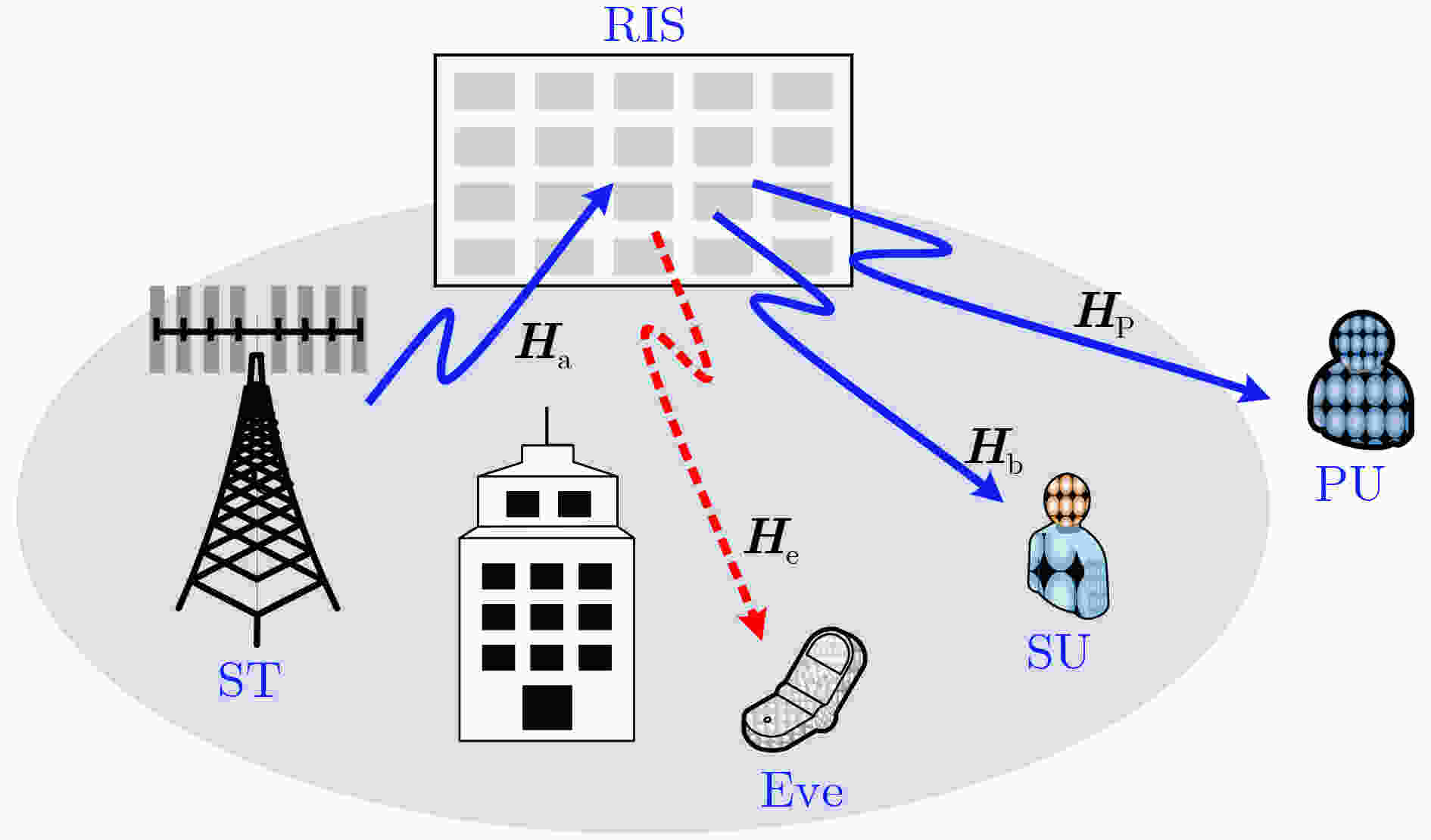
 下载:
下载:

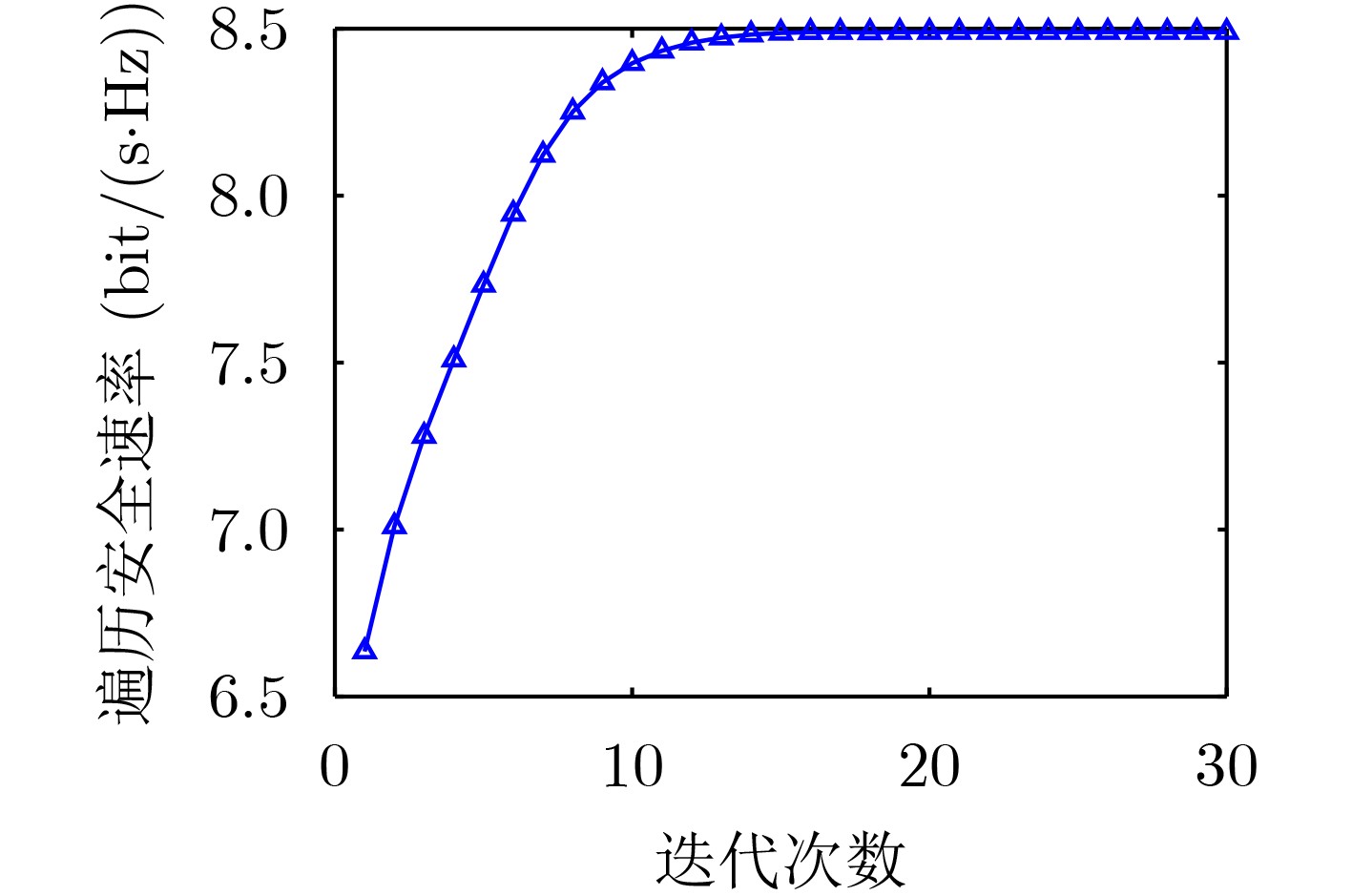
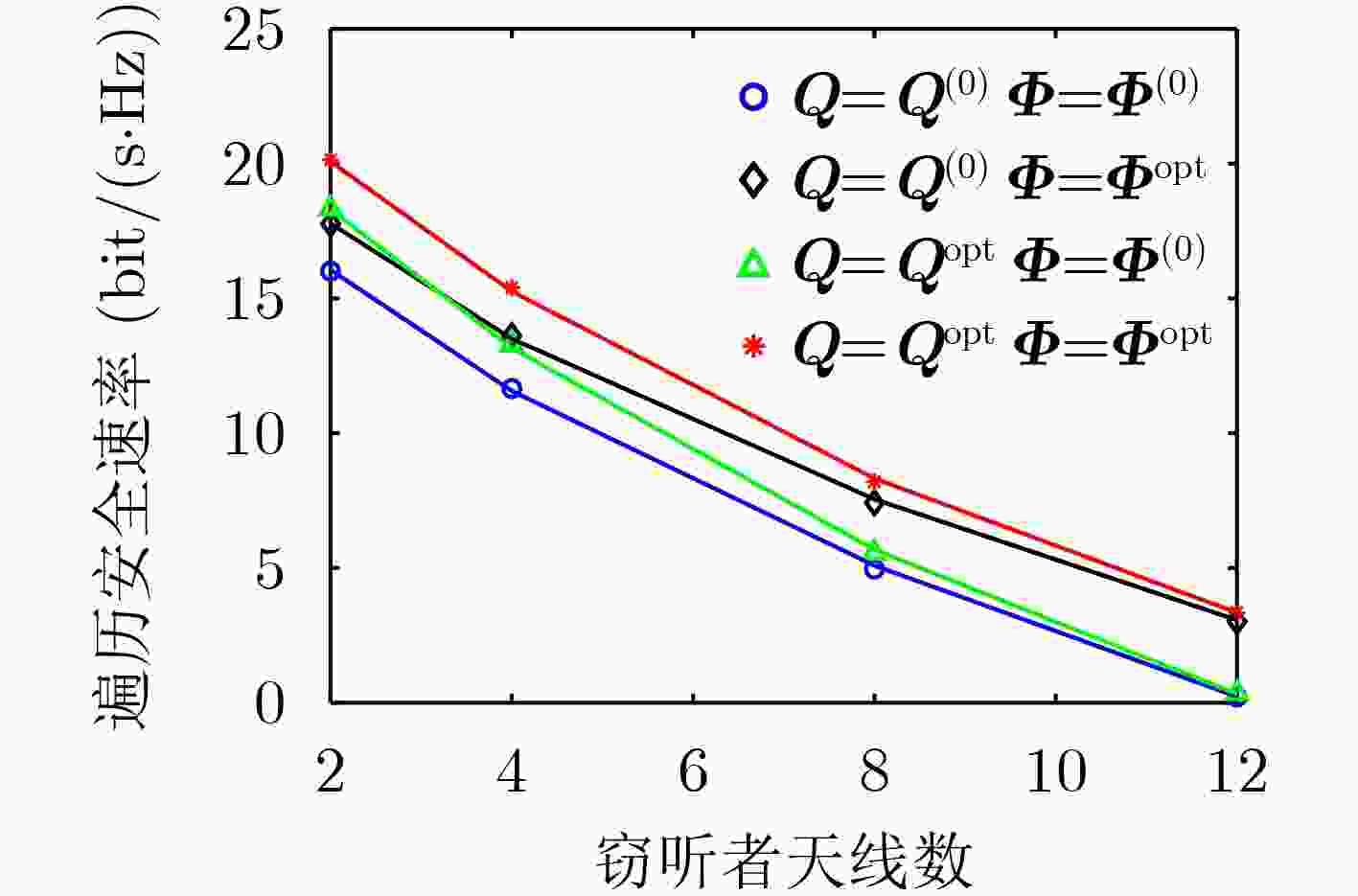
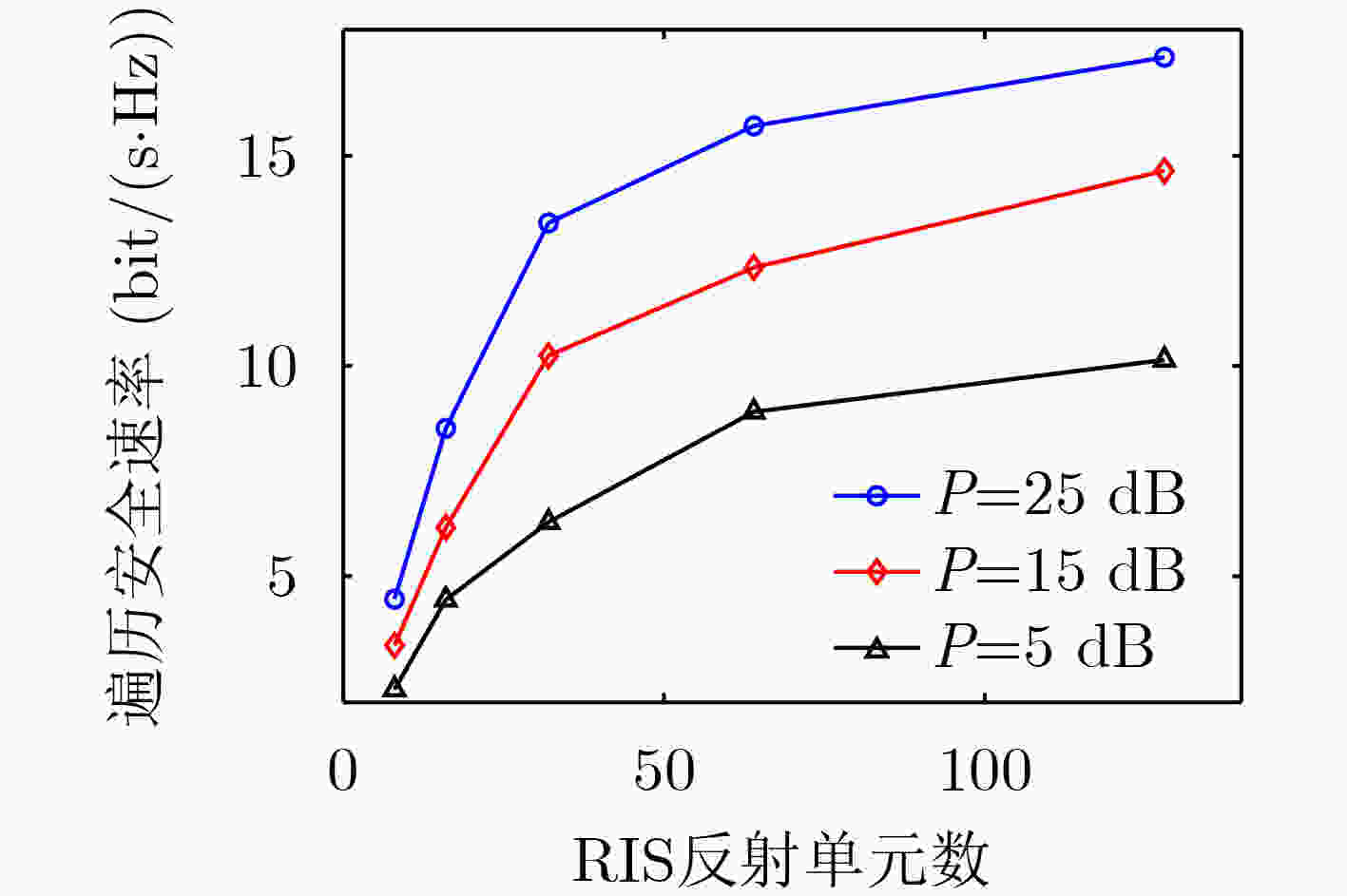
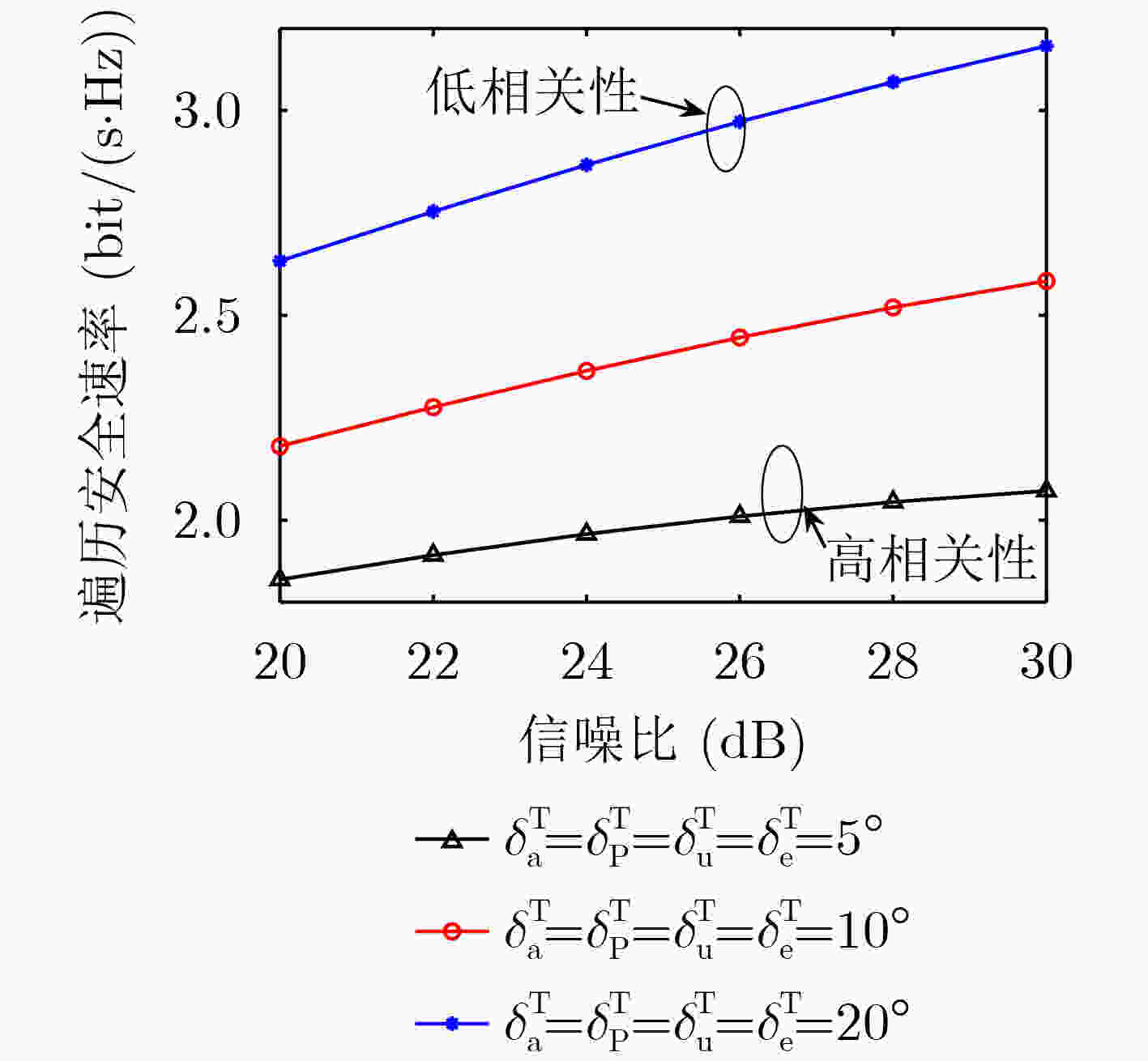


 下载:
下载:
